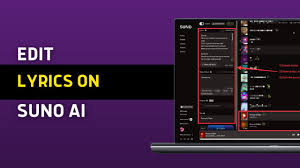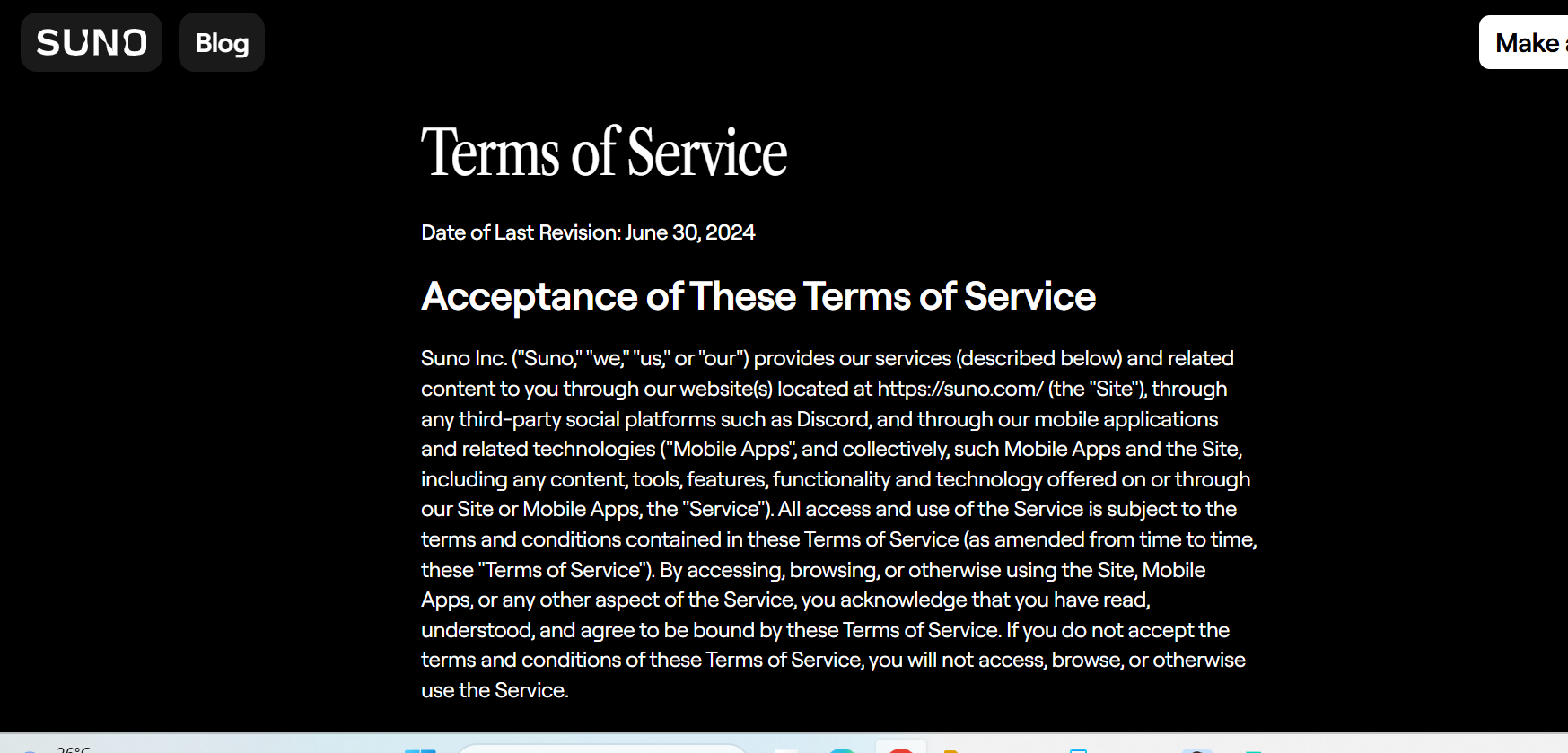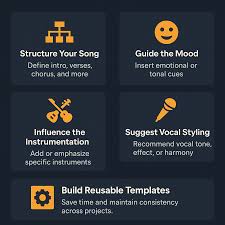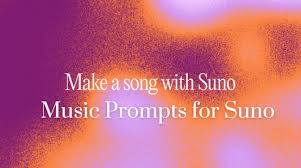With the explosive growth of AI-generated content, it’s no surprise that AI music generators are reshaping how we create songs, remixes, and soundtracks. Among the most talked-about tools in 2024–2025 are Riffusion AI and Suno AI. But how do they compare in real-world use cases?
If you're a music creator, indie developer, content producer, or marketer, choosing the right AI music generator means balancing creative control, licensing flexibility, audio quality, and ease of use.
In this article, we break down Riffusion AI vs. Suno from a practical standpoint — highlighting key differences, ideal users, technical specs, and more — so you can make a smart decision based on your needs.
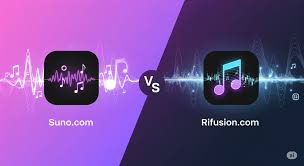
What Is Riffusion AI?
Riffusion is an open-source AI music generator that creates audio from spectrogram images using stable diffusion. Instead of generating notes in a traditional score, it generates visual representations of sound and synthesizes them into real audio.
Core features of Riffusion AI:
Prompt-based generation (text-to-music)
Genre-specific generation (e.g., synthwave, jazz, trap)
Loopable audio segments
No vocals; primarily instrumental and abstract
Open-source model (GitHub available)
Free to try at riffusion.com
It’s ideal for creators who want quick instrumental loops or are experimenting with generative audio in DAWs (digital audio workstations).
What Is Suno AI?
Suno AI, on the other hand, is a more commercial and consumer-friendly AI music tool known for its ability to generate full songs with vocals, melodies, instrumentation, and lyrics from a simple prompt.
Notable Suno features:
Generates complete songs (up to 2–3 minutes)
Accepts text prompts (e.g., “pop song about freedom”)
Includes AI-generated vocals, harmony, drums, and effects
Cloud-based with a slick UI
Offers both free and Pro tiers
Strong licensing terms for non-commercial and commercial use (depending on tier)
You can access Suno directly via suno.ai, where users can generate music without needing audio skills or production software.
Riffusion AI vs. Suno: Key Feature Comparison
| Feature | Riffusion AI | Suno AI |
|---|---|---|
| Music Type | Loop-based, instrumental | Full songs with vocals |
| Input Method | Text prompts, spectrogram control | Text prompts only |
| Output Format | Short loops (10–20 seconds) | Complete songs (1–3 minutes) |
| Audio Control | Fine control via visuals & tempo tweaking | Minimal control, end-to-end generation |
| Genres Supported | Lo-fi, ambient, synthwave, trap | Pop, rock, hip-hop, EDM, custom styles |
| Vocals Support | No vocals | Yes – AI-generated vocals & lyrics |
| Open Source | Yes (available on GitHub) | No (proprietary, cloud-based only) |
| Ease of Use | Requires some audio familiarity | Beginner-friendly |
| Pricing | Free, self-hosted | Free tier available, Pro from ~$10/month |
| Licensing Terms | Royalty-free loops | Personal use in free tier; commercial use in Pro |
Who Should Use Riffusion AI?
Riffusion is a better fit for:
Developers or AI researchers experimenting with audio generation
Musicians looking to create ambient loops or sample snippets
DAW users who want to layer AI-generated audio with vocals manually
Creative tech projects where visuals or interactivity matter (e.g., music visualizers)
Open-source fans who prefer complete transparency and offline workflows
Because Riffusion doesn’t produce vocals or full compositions, it’s best used as a complement to traditional audio production — not a replacement.
Who Should Use Suno AI?
Suno excels for:
Content creators who want fast, ready-to-use music for YouTube, TikTok, Instagram
Marketers creating audio ads, jingles, or product launch videos
Musicians testing lyrical or melodic ideas without studio resources
Podcast producers looking for intro/outro tracks
Non-musicians who just want music with minimal input
Suno’s strength is its all-in-one simplicity. You don’t need to mix, master, or layer. Just describe your idea and let the AI do the work — vocals and all.
Licensing and Commercial Use
Here’s where the two differ significantly:
Riffusion: Outputs are typically royalty-free and can be used in commercial projects, though it’s best to double-check any third-party hosting platforms’ terms.
Suno: Free tier music is for personal use only. To use Suno tracks in commercial content, you need a Pro or higher subscription, which includes licensing rights.
If your work involves brand campaigns or client work, Suno Pro or higher is necessary for legal compliance.
Which AI Music Tool Wins?
It depends on your use case:
Choose Riffusion AI if you value open-source tools, want precise control over audio layers, or need ambient loops for custom editing.
Choose Suno if you want instant, full-length tracks with lyrics and vocals, especially for social media or branded content.
Still undecided? Try both — they serve different creative workflows. You might even use Riffusion for instrumentals and Suno for vocal tracks, then blend them together in your DAW.
Frequently Asked Questions
Q: Can Riffusion generate a full song like Suno?
No. Riffusion specializes in loop-based or short instrumental clips, not full song structures.
Q: Are Suno AI songs unique or reused?
Each Suno song is generated on demand. While styles may feel similar, melodies, vocals, and lyrics are freshly created.
Q: Do I need to install anything to use Riffusion or Suno?
Suno is web-based only. Riffusion can be used in the browser or self-hosted from GitHub.
Q: Can I use Suno for YouTube videos?
Yes — but only with the appropriate license (Pro tier) if monetization or commercial use is involved.
Q: Which tool gives me more control over music structure?
Riffusion, especially for those comfortable editing and arranging audio in external tools.
Final Thoughts
Riffusion AI and Suno AI are both powerful — but serve different goals.
Use Riffusion when you want custom instrumental layers, experimental audio, or open-ended creativity.
Choose Suno when you need polished, ready-to-publish music with vocals — no mixing required.
As AI music generation evolves, tools like Riffusion and Suno are transforming not just how music is made, but who gets to make it. Whether you’re remixing, experimenting, or marketing, one of these tools likely fits your next project.
Learn more about AI MUSIC



